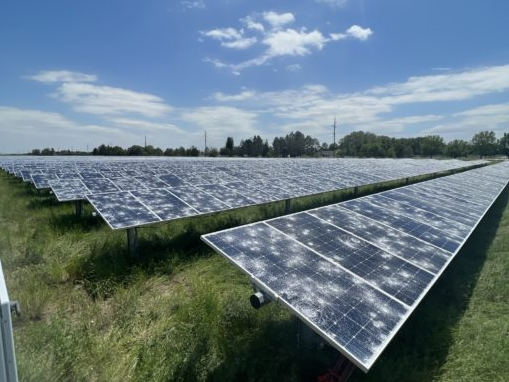Scottsbluff, Nebraska, approved a 5.2 MW Solar farm meant to “help the city achieve its goal to reduce our carbon footprint and stabilize city costs for the next 25 years.” One hail storm has reduced the life expectancy to four years and revealed another weakness.
Solar is land-intensive, water-intensive, has a large front and rear-end carbon footprint, offshores serious environmental harms (mining and manufacture), isn’t easy to recycle (if at all), underperforms both in output and longevity, and … is subject to imminent failure after a midwest hail storm.
Solar panels destroyed by large hail north of Scottsbluff, Nebraska last night. #newx Photo Courtesy Matt Larsen #hail pic.twitter.com/2ND7BHmYlB
— Daryl Orr (@WxWyDaryl) June 27, 2023
Rumor has it a typical solar panel is made to withstand common weather events like hail, but not baseball-side hail. The result is millions of dollars wasted on an inefficient energy solution that isn’t green and – in this case – effectively useless.
The facility is insured, and everyone is on-site assessing the damage.
[Molly] Brown [executive vice president of corporate strategy for GenPro Energy Solutions] believes it’s important to note that the extreme weather system caused significant damage to clean and fossil energy assets alike. While storms are indiscriminate, Brown said this is the first major damage GenPro has sustained since its first solar farm was installed in Lexington, Nebraska in 2017.
“We do get a lot of hailstorms in the Great Plains region, but typically the roofs get more damage than the solar panels.,” Brown told Renewable Energy World.
Fair enough, but solar has a lot of downsides, and this isn’t going to help matters.
